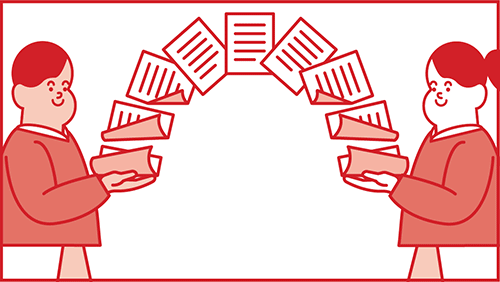Never miss a story — sign up for PLANSPONSOR newsletters to keep up on the latest retirement plan benefits news.
IRS Announces 2020 Contribution and Benefit Limits
The contribution limit for employees who participate in 401(k), 403(b) and most 457 plans is increased from $19,000 to $19,500.
The IRS has announced contribution and benefit limits for 2020.
The contribution limit for employees who participate in 401(k), 403(b), most 457 plans, and the federal government’s Thrift Savings Plan is increased from $19,000 to $19,500.
The catch-up contribution limit for employees aged 50 and over who participate in these plans is increased from $6,000 to $6,500.
The limitation regarding SIMPLE retirement accounts for 2020 is increased to $13,500, up from $13,000 for 2019.
 Get the latest news daily directly in your mailbox.
Get the latest news daily directly in your mailbox.
The limit on annual contributions to an IRA remains unchanged at $6,000. The additional catch-up contribution limit for individuals aged 50 and over is not subject to an annual cost-of-living adjustment and remains $1,000.
The income limit for the Saver’s Credit (also known as the Retirement Savings Contributions Credit) for low- and moderate-income workers is $65,000 for married couples filing jointly, up from $64,000; $48,750 for heads of household, up from $48,000; and $32,500 for singles and married individuals filing separately, up from $32,000.
Other limits included in IRS Notice 2019-59 include:
- Effective January 1, 2020, the limitation on the annual benefit under a defined benefit (DB) plan under § 415(b)(1)(A) is increased from $225,000 to $230,000.
- The limitation for defined contribution (DC) plans under § 415(c)(1)(A) is increased in 2020 from $56,000 to $57,000.
- The annual compensation limit under §§ 401(a)(17), 404(l), 408(k)(3)(C), and408(k)(6)(D)(ii) is increased from $280,000 to $285,000.
- The dollar limitation under § 416(i)(1)(A)(i) concerning the definition of “key employee” in a top-heavy plan is increased from $180,000 to $185,000.
- The limitation used in the definition of “highly compensated employee” under§ 414(q)(1)(B) is increased from $125,000 to $130,000.





